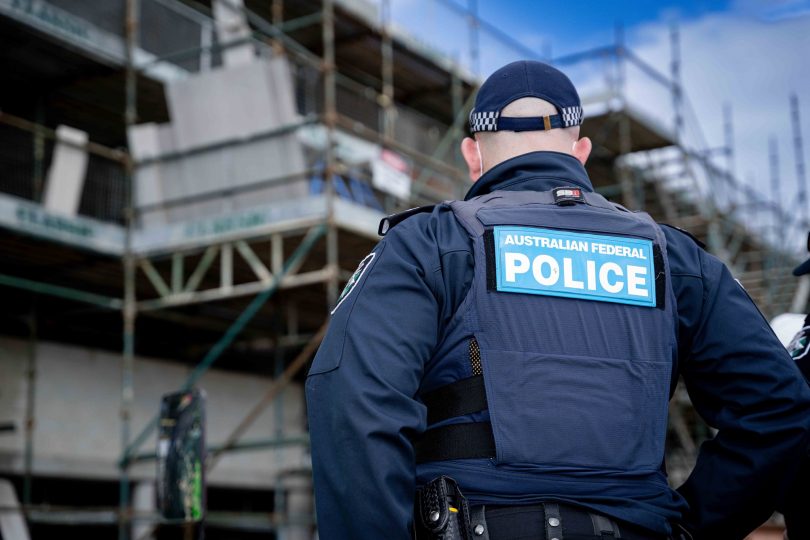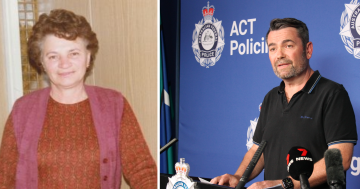
ACT Policing failed to meet key performance measures throughout the 2020/21 financial year. Photo: ACT Policing.
Despite achieving 14 of its 19 performance measures in the 2020/2021 financial year, ACT Policing failed to meet several key targets, according to its annual report.
Perhaps most significant is its failure to meet response time targets for priority incident callouts. In terms of life-threatening or critical incidents (Priority One), the targeted arrival time is within 10 minutes. ACT Policing aimed to arrive within this timeframe at least 80 per cent of the time. It achieved 77.5 per cent.
While this is only a fraction below the target, in the 2019/20 year of reporting, ACT Policing responded to priority callouts within 10 minutes 85.6 per cent of the time. The 77.5 per cent figure is the worst performance by ACT Policing on this measure in seven years of reporting.
For Priority Two incidents, in which the target response time is within 20 minutes, ACT Policing achieved 73.6 per cent. In this area, the ACT has regressed each year since 2014/15 when it met the 20-minute timeframe on 92.6 per cent of occasions.
The report noted that calls for Priority Two matters have increased by 58 per cent in the last seven years and by 16 per cent over the previous year.
ACT Policing also failed to reach targets relating to the number of offences reported and the percentage of offences against the person cleared.
In promising news, property theft was well below the targeted measure of 8,300 or fewer offences per 100,000 population – 3,905.7 offences were recorded. Of property thefts, motor vehicle theft was the only category of property theft to increase, increasing at a rate of 5.9 per cent and making it the third successive year of increases.
For the Australian Federal Police Association (AFPA), the report confirms a number of issues they’ve raised in recent times, particularly surrounding an officer shortage.
Media and government relations manager at the AFPA Troy Roberts said response times were not met due to “not having enough police officers on the ground”.
“It doesn’t take a rocket scientist to work out that response times are going to suffer from having fewer police officers on the road,” said Mr Roberts.
“Canberra’s growing, the population’s growing, the geographical footprint is growing, but police numbers aren’t growing.”
Similarly, for offence clearance rates, he believes a downturn comes from officer resources spread thin throughout the ACT, and while he does believe the integration of a new online reporting system for minor property crimes over the next 12 months will help officers, he worries the system fails to meet community expectations.
Other important statistics featured in the report were a decrease by 200 in drug offences, as well as a significant decline in total sexual assault offences, and a significant increase in homicide offences.





















